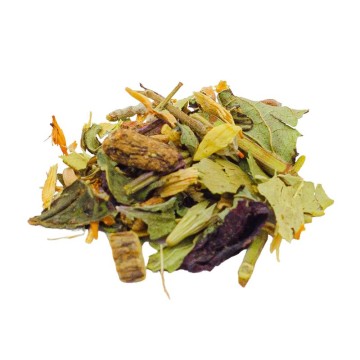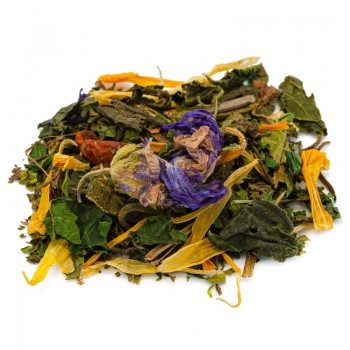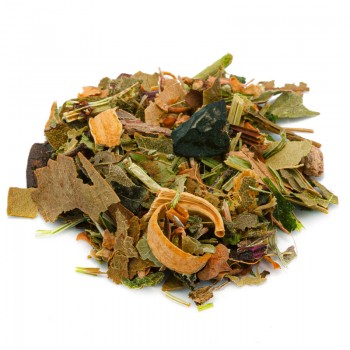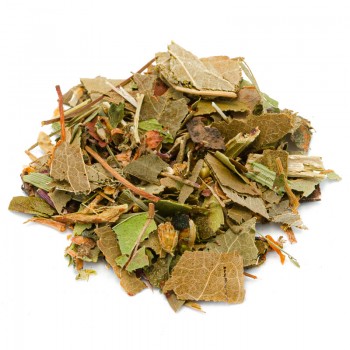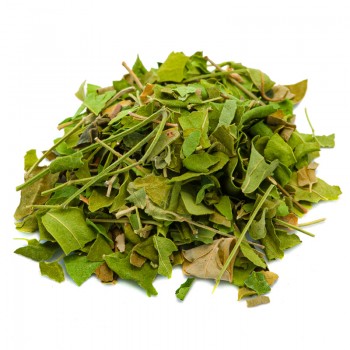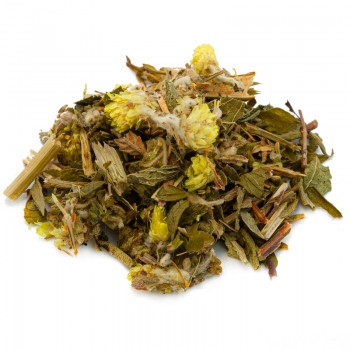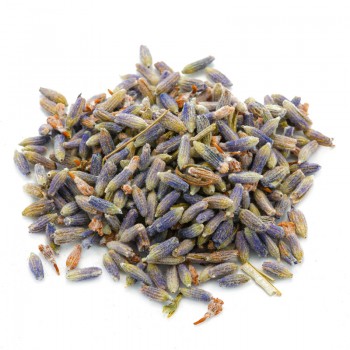The so-called rose tea, which uses its edible buds, has been known for centuries for its many uses on well-being. The infusion is obtained from whole rose flowers, and is widespread in the Middle East even if it is an infusion appreciated all over the world for its particularly delicate and floral taste. A few fruity notes make sipping it even more pleasant, at any time of the day.
Rose bud tea: properties and benefits
The infusion with whole rosebuds has antioxidant properties and vitamins that strengthen the immune system, improve blood circulation. In addition to the bioactive elements that help the correct metabolism. The buds contain natural tannins and essential oils that aid digestion and detoxification of the body.
An important function of the infusion seems to be to calm some symptoms of irritation of the oropharynx, acting as a soothing effect on the mucous membrane. It is considered a natural remedy to treat mouth and throat irritations, with beneficial effects thanks to the concentration of polyphenols and vitamins. The rosebud infusion soothes the mucous membranes and helps the well-being of the respiratory tract, the lungs and the throat. It can be an excellent choice for colds, and aids in the expulsion of mucus and phlegm – which are often home to bacteria and pathogens. It represents a natural support even in case of pharyngitis, voice drops and hoarse voice.
Many benefits of rose buds, in fact, derive from the high concentrations of vitamin C, vitamin A, minerals, antioxidants such as myrcene and quercetin. Vitamin C is one of the most important for our body as it counteracts oxidative stress due to free radicals; this oxidation is considered a source of aging and pathologies, since it can damage healthy cells. We know that vitamin C is excellent for the immune system, and its high concentration in rosebuds makes them ideal for counteracting the arrival of flu and colds naturally. Additionally, vitamin C helps keep your skin healthy and glowing.
Its properties are also calming and relaxing, and traditionally rose tea was used to relieve stomach and menstrual cramps. At the digestive level, it helps rebalance the microflora of the intestine and relieves digestive problems such as constipation, bloating or diarrhea. Facilitates diuresis, and thus supports the elimination of toxins from the body. It is considered a good tea to avoid stress and improve mood, promoting sleep and relaxation.
Origins and History of cultivation
Rosa Gallica L., from which the edible buds derive, is a natural rose hybrid developed by Dutch breeders between the 17th and 19th centuries. It is closely related to the Rosa damascena and the originally sterile Rosa gallica. At the end of the eighteenth century various cultivars of centifolia developed, further hybrids such as the "moss roses" covered with resinous hairs on the buds. Evidence of its existence at the time is the 1783 portrait by Élisabeth Vigée Le Brun, who painted Queen Marie Antoinette holding a centifolia rose. The term Rosa, the queen of flowers, joined the word centum and folium: with a hundred leaves. This type of rose was particularly successful in Victorian England as a decorative rose, while today it is grown mainly for its essential oil in southern France and Morocco. Its food and medicinal uses are also known (leaves, roots, buds, laxative petals). In addition to eating the fruit, the buds are also edible and the seeds are a good source of vitamin E – sometimes ground into a powder or used as a supplement. This species is a major source of red or pink colored rosebuds. They are used as a flavoring and for infusions. The flowers have been used over time to flavor drinks such as wine, tea, vinegar or foods such as honey and jams. They are used in the Moroccan spice blend ras-el-hanout. The essential oil obtained from the flowers is also used in perfumery, cosmetics and aromatherapy – the dried petals are an ingredient in potpourri. The rose buds of the infusion are collected and dried in order to maintain the flavor and aromatic properties.
Plant and flowers
Rosa Centifolia L. is a perennial plant, a species of the genus Rosa (Rosaceae family). Most of the species are native to Asia, while others derive from the temperate regions of the Northern Hemisphere, North America, Europe. Still others are originally from Africato the north-west. There are hundreds of species and thousands of cultivars of the Rose, famous for its flowers and scent. It can occur in the form of shrubs, vines, with or without thorns. Rose flowers change in shape, size and color ranging from white to yellow to deep red or brown. Depending on the variety and climatic conditions, the differences are noticeable and they are also mixable. Roses hybridize easily, resulting in several overlapping species in today's many types of garden roses. The crossings have also defined the Rosa Centifolia L., a shrub species also known as Gallic rose var. centifolia L. or Provence rose.
The plants have the appearance of a shrub, up to 2 meters tall, with long hanging branches, thin thorns and greyish green leaves. The round flowers are equipped with numerous thin and overlapping petals, known because they are very fragrant; usually they are bright pink, less often they are white or dark red-purple.
The rose hip is actually a false fruit, while the real one is given by the achenes inside the false fruit. The seeds under the fruit pulp have a fuzz that irritates the mouth and digestive tract if ingested.
Rosa centifolia is resistant to cold, it tolerates temperatures down to about -20 °C in the dormant phase. In any case, it requires a sunny position. The plant propagates by cuttings, being a hybrid, from autumn.
Rose buds nutritional values
The main active ingredients of the bud are vitamin C and some flavonoids and antioxidant anthocyanins. They also contain vitamins A, B and E; as well as some substances such as carotene and pectins. They contain an essential oil composed of beneficial elements (including geraniol, nerol, myrcene and eugenol).
How to use the ingredients in the rosebud infusion: The infusion is obtained by placing about 3-5 grams in a cup (250 ml) rose buds with water at 100 °C. Leave to infuse for 5 to 7 minutes, before drinking the infusion. Add honey or sugar, if desired.
Rosebud infusion: side effects and contraindications
There are no toxic components, and rosebuds are not known as a common allergen. However, the presence of some polyphenols and antioxidants can cause some effects if the infusion is taken in excessive quantities. You may experience headaches, nausea, drowsiness and vomiting. For these reasons, it is recommended to take 1-2 cups of infusion per day. The consumption of this infusion is not recommended for pregnant and breastfeeding women.





 No reward points for this product.
No reward points for this product.
